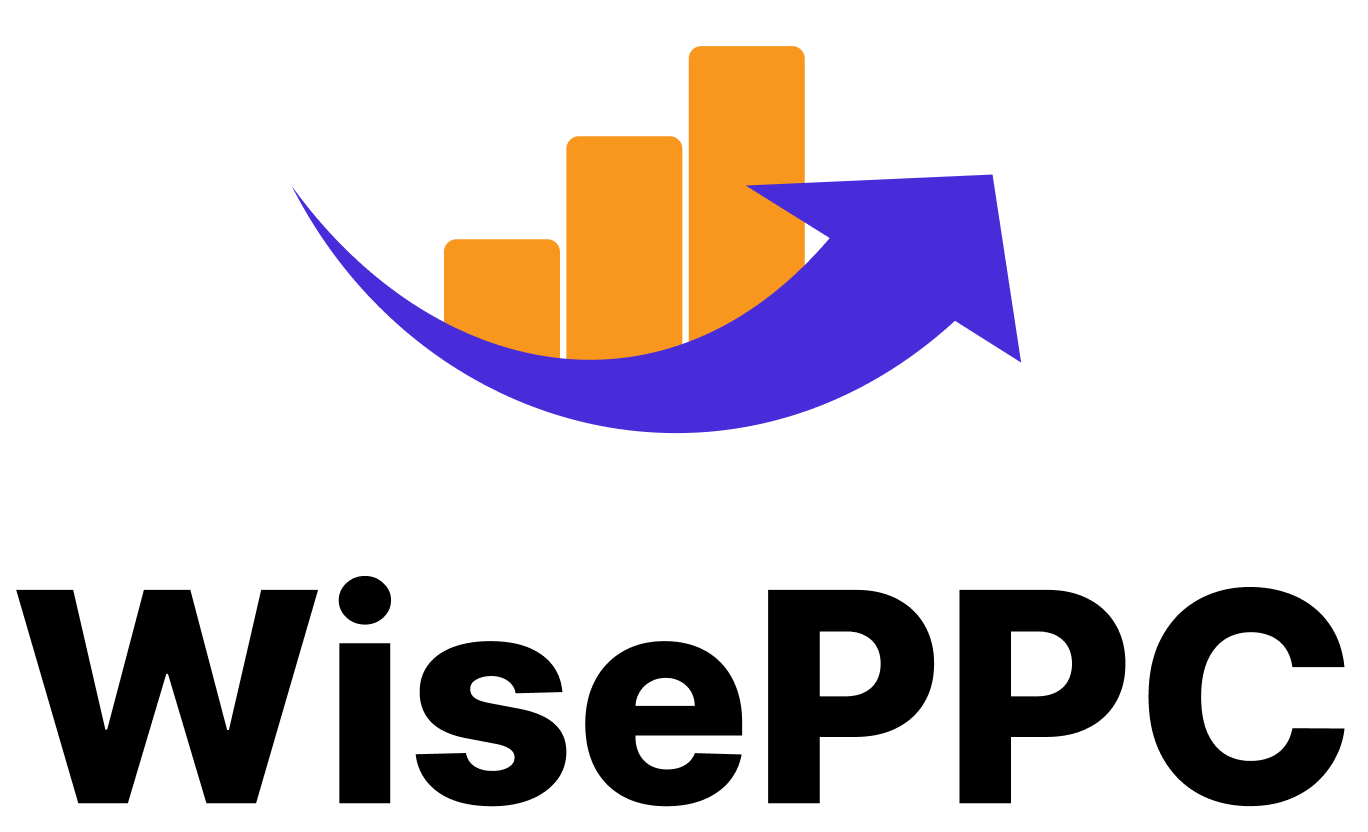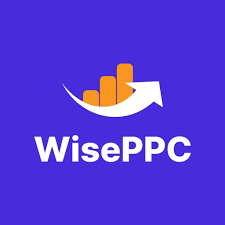What Is Amazon BSR and Why Should You Care?
If you’ve spent any time on Amazon, buying or selling, you’ve probably come across the term BSR. Short for Best Sellers Rank, it’s that small but telling number tucked into product listings that reveals how an item stacks up against others in its category. It doesn’t come from reviews, and it’s not some vague popularity score. It’s driven by one thing: sales.
But here’s the catch – BSR shifts constantly. It’s calculated using a mix of recent and historical data, so it updates fast and reflects performance in real time. For sellers, that makes it a surprisingly useful (and often overlooked) metric. In this article, we’ll break down what BSR really is, how it works, and how you can use it to make smarter decisions as a seller. No jargon, no guesswork – just a clear picture of what’s behind the number.
First Things First: What Is BSR?
Amazon BSR, short for Best Sellers Rank, is a number that shows how well a product is selling compared to others in its category. That’s it. It doesn’t care about reviews. It doesn’t measure popularity or customer satisfaction. It’s all about recent sales performance.
Every product that sells at least once on Amazon gets a BSR. The lower the number, the higher the sales, so a product with BSR #1 is currently the best-selling item in its category. Simple in theory, but there’s a bit more going on behind the scenes.
Imagine you’re looking at noise-canceling headphones. One has a BSR of 245 in the Electronics category. Another has a BSR of 7,500. That alone tells you which one is moving more units, at least lately. But what it doesn’t tell you yet is how stable that ranking is or what’s driving the sales behind it.
It’s All About Categories (And Subcategories)
Here’s something important: BSR is category-specific. You can’t compare the BSR of a yoga mat in Sports & Outdoors to a blender in Home & Kitchen. Totally different sales landscapes.
But it goes even deeper than that. Many products have multiple BSRs – one for the main category and others for more specific subcategories. For example, a game controller might rank:
- #528 in Video Games (main category).
- #12 in Xbox Controllers.
- #35 in Gaming Accessories.
All of those numbers are true and valid, just from different sales contexts. If you’re trying to assess performance, always pay attention to where that BSR is coming from.
How Is Amazon BSR Calculated?
Amazon keeps its BSR formula private, but after years of seller analysis and tool insights, we have a pretty solid idea of what goes into it.
The ranking is based on:
- Recent sales volume (with more weight).
- Historical sales trends.
- Possibly predictive modeling (Amazon’s way of anticipating momentum).
It’s also updated hourly, which is why it fluctuates so much throughout the day. If your product sells a lot at 10 a.m., expect a lower BSR by noon. If sales slow down by evening, the rank might start creeping back up.
A few technical notes:
- Top-selling products (especially in the top 10,000) update more frequently.
- For less active products, BSR changes may lag by 2 to 3 hours.
- A one-time sales spike won’t always give you a lasting boost. BSR is a mix of current and cumulative behavior.
So if you’re watching your rank shift every few hours, that’s normal, and it’s actually what makes BSR a useful real-time indicator.
What BSR Actually Tells You (And What It Doesn’t)
A lot of people misunderstand BSR. It’s not a revenue metric. It’s not a quality score. It won’t tell you why something is selling, just that it is.
Still, it’s incredibly helpful for sellers, especially when paired with other data. Here’s what you can realistically learn from it.
BSR Helps You Gauge:
- Sales momentum: Lower rank = more recent sales.
- Relative market demand: How an item performs vs. others in its niche.
- Category saturation: Some categories require BSR < 5,000 to sell well, others do fine at 50,000.
- Seasonality trends: Sharp drops or spikes in BSR can indicate seasonal surges.
- Competitive standing: A direct way to compare your product to others on the same shelf.
What BSR Doesn’t Show:
- Profit margins.
- Ad performance or spend.
- Inventory status.
- Returns or customer satisfaction.
- Fulfillment method (FBA vs FBM).
- Competition level or Buy Box control.
In short, BSR is a solid visibility metric, but not the whole story.
Where to Find a Product’s BSR
If you’re curious about a product’s BSR, you don’t need to go far. Just head to the product’s Amazon page, scroll down past the main description, and you’ll eventually land in the “Product Information” section. Somewhere in that cluster of specs, you’ll see a line labeled “Best Sellers Rank.” That’s where Amazon shows how the item is performing in its category.
Sometimes it’s just one rank, sometimes it’s a handful. If a product fits into multiple categories, it’ll often have separate BSRs for each one. You might see something like #3 in Kitchen Thermometers, #54 in Cooking Tools, and #1,200 in Home & Kitchen. It’s all valid – it just depends on where the item is placed.
What this gives you is a quick snapshot of how well the product is doing right now compared to others in the same space. But keep in mind, BSR is a moving target. Since it updates regularly throughout the day, what you see at 10 a.m. might look completely different by dinner. It’s a live metric, not a fixed badge, so if you want to understand the bigger picture, you’ll need to pay attention to how that rank changes over time. That’s where things start to get interesting.
How to Improve Your Product’s BSR
Since BSR is based purely on sales, improving it ultimately comes down to selling more units. That part’s non-negotiable. But if you’re aiming to give your product a better shot at moving up the ranks, there are a few areas worth focusing on. It’s not about chasing shortcuts – it’s about tightening up the fundamentals.
Start With a Better Listing
If your listing isn’t working hard for you, it’s leaving sales on the table. That means strong, keyword-rich titles, bullet points that actually answer shopper questions, and descriptions that get to the point. The goal is simple: help people understand your product fast, without overwhelming them. Clarity leads to conversions, and conversions lead to better BSR.
Let Visuals Do the Heavy Lifting
People can’t hold your product in their hands. They’re relying on photos and videos to fill in that gap. Make sure your images aren’t just high-resolution, but also show the product in context – how it’s used, what it solves, why it’s different. If you have a short explainer video, even better. The more confident a customer feels, the more likely they are to click Buy.
Price for Strategy, Not Panic
Competing on price doesn’t mean racing to the bottom. It means understanding the value your product brings and how it stacks up against similar options. Sometimes that means lowering your price slightly to nudge conversions. Other times, it’s about holding firm because your listing is stronger. Either way, pricing smartly can push sales volume just enough to give your BSR a lift.
Get Eyes on Your Product
A strong listing with zero traffic is still invisible. That’s where advertising comes in. Targeted campaigns, especially early on, can help generate the momentum you need. A burst in traffic paired with a decent conversion rate can lead to noticeable BSR movement, even if you’re not ranking organically just yet.
Use Promotions With Intention
You don’t need to run discounts 24/7, but timed offers can nudge buyers who are on the fence. Think coupons during a sales event or limited-time bundles that make your product stand out. When conversions spike, your BSR typically follows suit, at least temporarily. Used strategically, this can give your listing a valuable visibility boost.
Make the Most of Post-Purchase Moments
While reviews don’t directly impact BSR, they play a big role in how often your product gets bought. A few strong, recent reviews can build trust and smooth the path to conversion. That’s why it’s worth following up after the sale, answering questions, and making sure your customer service is dialed in. The better the experience, the more likely people are to share it.
When Not to Obsess Over BSR
Here’s the reality: BSR isn’t always the right metric to fixate on. In fact, chasing it can be misleading if you don’t pair it with profitability.
Some high-BSR products have razor-thin margins, tons of returns, or constant price wars. Others may be ad-driven to the point that sellers lose money just to stay ranked.
So before you dive into a product just because it’s in the top 500, ask:
- Can I compete profitably here?
- Is the rank sustainable or artificially inflated?
- Are there signs of burnout, overstocking, or seasonality?
BSR is a spotlight, not a roadmap. Use it to see what’s selling, not blindly follow the glow.
How WisePPC Helps Sellers Make Smarter BSR Decisions
At WisePPC, we understand that BSR is just one piece of the bigger picture. Yes, it reflects sales velocity, but without the right visibility into your campaign data, it’s hard to know what’s really driving performance. That’s where we come in. We built WisePPC to give sellers deeper, more actionable insight into what’s working, what’s not, and where the next move should be.
Our platform is designed to go beyond surface-level metrics. With advanced filtering, long-term historical tracking, and granular campaign analysis, we help marketplace sellers connect the dots between ad spend, product visibility, and the impact on sales rank. You can see how pricing shifts affect revenue, how bids influence conversions, and whether that dip in BSR was a one-off or part of a bigger trend.
Whether you’re managing ten ASINs or scaling across multiple channels, we make it easier to cut through the noise and act on the data that matters. BSR tells you what’s selling; we at WisePPC help you understand why.
Final Thoughts: BSR Is a Tool, Not a Trophy
If there’s one thing to take away, it’s this: Amazon BSR is useful when you understand its limits.
It’s fast, it’s public, and it gives you a relative sense of demand at a glance. But it’s not perfect. It doesn’t show margin, effort, or risk. What it does show is where the action is happening, and that’s still worth tracking.
Whether you’re sourcing your next winner or trying to diagnose a sudden drop in performance, BSR is a solid signal. Just don’t read it alone.
Pair it with your margins, your strategy, and your long-term goals, and you’ll get a lot more out of the number than most.
FAQ
1. What does BSR actually stand for?
BSR stands for Best Sellers Rank. It’s Amazon’s way of showing how well a product is selling compared to others in the same category. The lower the number, the higher the recent sales. It’s not complicated, but it is easy to misread if you’re not looking at the bigger context.
2. Does Amazon show how many units a product sells?
Not directly. Amazon doesn’t give out unit sales, but BSR gives you a decent proxy. If a product’s BSR is consistently low, it’s moving volume. You’ll need to combine that with a bit of logic (and maybe some historical trend watching) to estimate actual numbers.
3. Why does BSR change so often?
Because it’s based on real-time and recent sales activity, it updates frequently, usually every hour. If a product sells well in the morning and then stalls later, the BSR will reflect that change pretty quickly. It’s not a stable metric, and it’s not meant to be.
4. Is a low BSR always a good thing?
It depends. A low BSR tells you something is selling right now, but it doesn’t say anything about margin, competition, or ad spend. Some products burn through ad budgets just to stay visible. Others ride seasonal waves and then disappear. You need more context to know if it’s truly a smart play.
5. How do I know if a product’s BSR is seasonal?
Look at its rank history over time. If it spikes during one part of the year and flatlines the rest, you’re likely looking at a seasonal item. Think holiday decor, summer gear, or back-to-school products. It doesn’t mean it’s a bad idea, it just means timing matters.
6. Can two products have the same BSR?
Not exactly. Each product gets its own rank, and the list is dynamic. If two products are performing similarly, their BSRs might be close, but Amazon always sorts them based on sales volume at that moment, even if the difference is tiny.
7. Does running ads help my BSR?
Indirectly, yes. Ads drive traffic. Traffic leads to sales. And sales move BSR. Just keep in mind, it’s not about running ads for the sake of rank, it’s about using ads strategically to create real momentum. Otherwise, you’re just buying your way to a number that won’t last.
Join the WisePPC Beta and Get Exclusive Access Benefits
WisePPC is now in beta — and we’re inviting a limited number of early users to join. As a beta tester, you'll get free access, lifetime perks, and a chance to help shape the product — from an Amazon Ads Verified Partner you can trust.
 No credit card required
No credit card required
 Free in beta and free extra month free after release
Free in beta and free extra month free after release
 25% off for life — limited beta offer
25% off for life — limited beta offer
 Access metrics Amazon Ads won’t show you
Access metrics Amazon Ads won’t show you
 Be part of shaping the product with your feedback
Be part of shaping the product with your feedback






